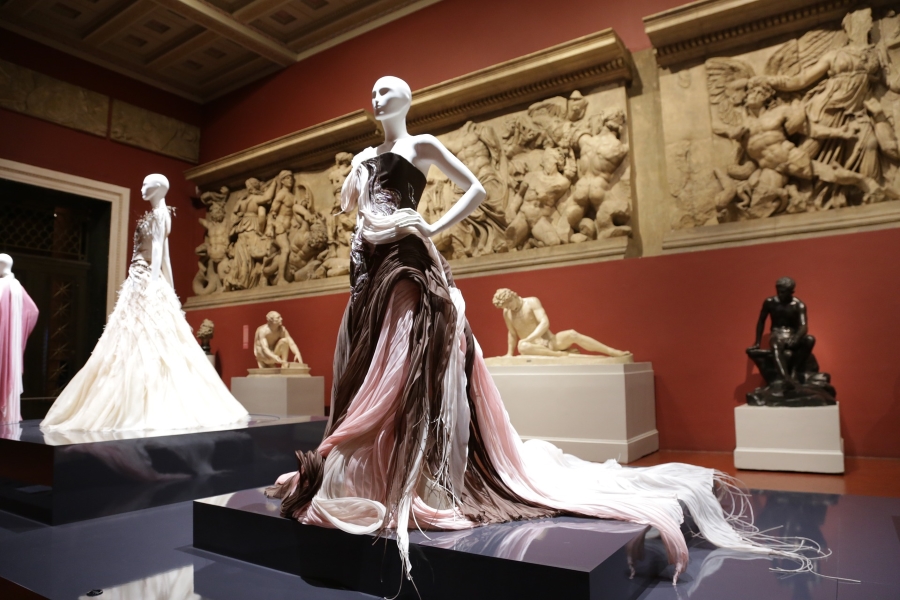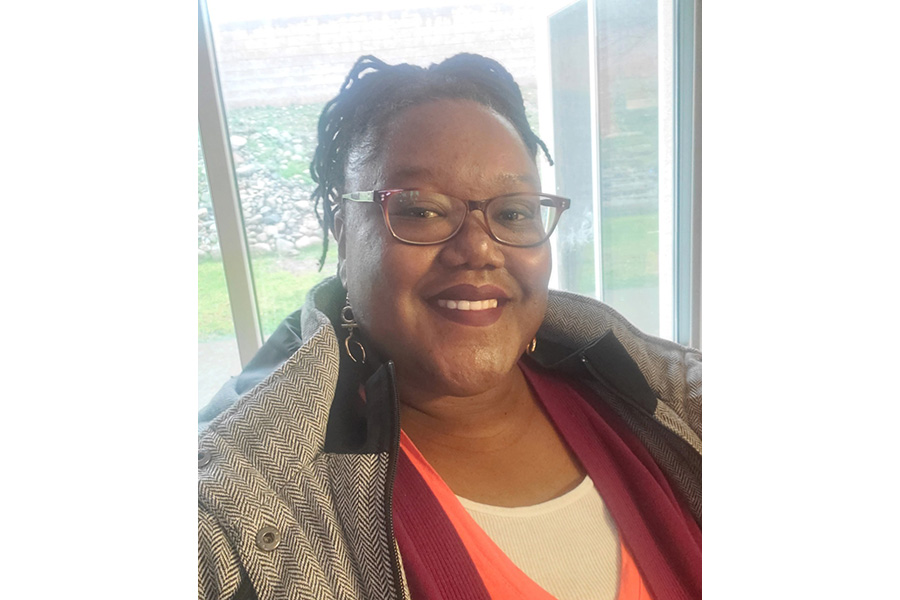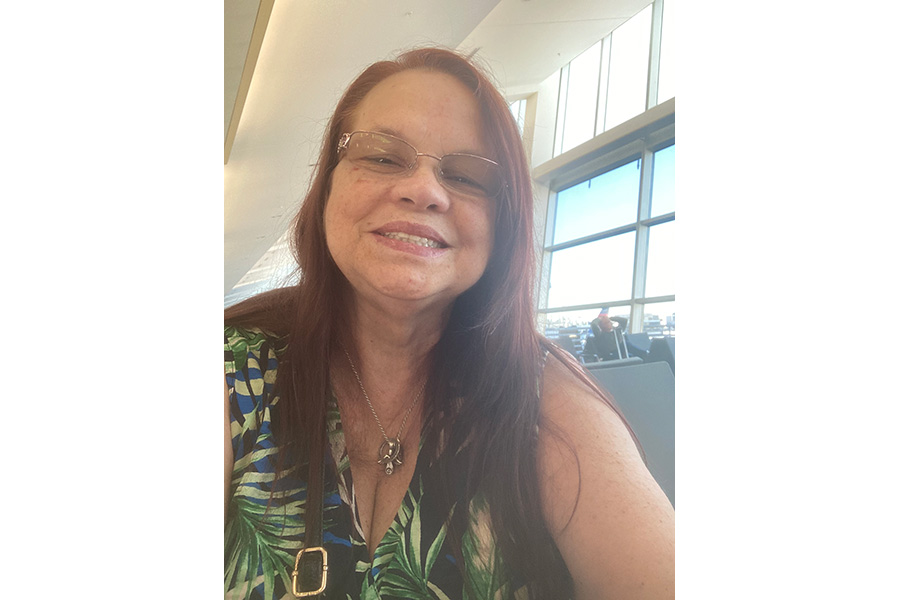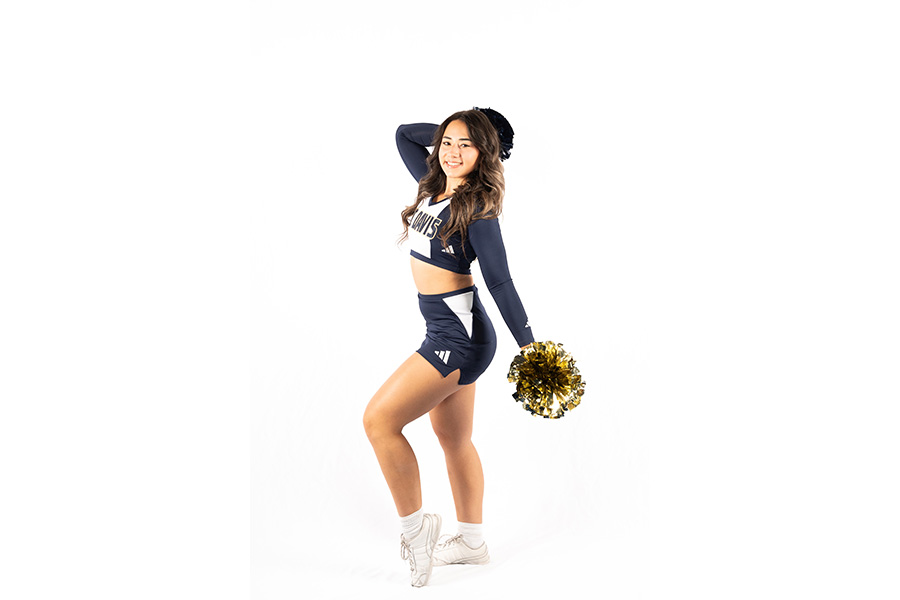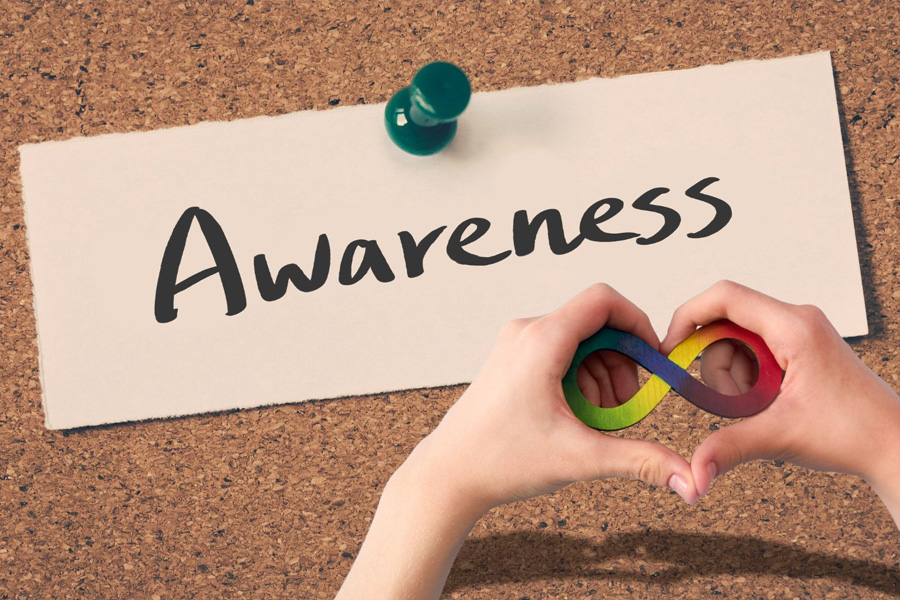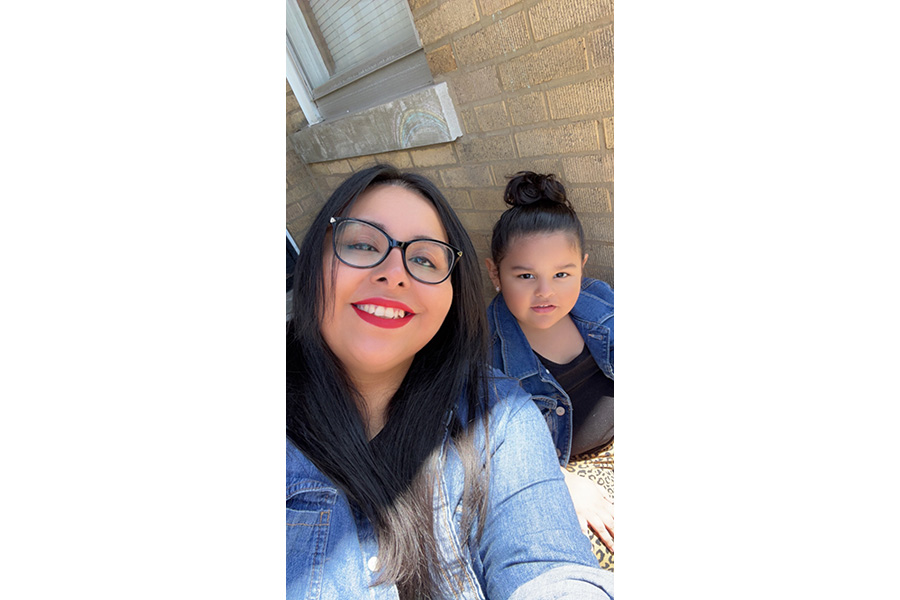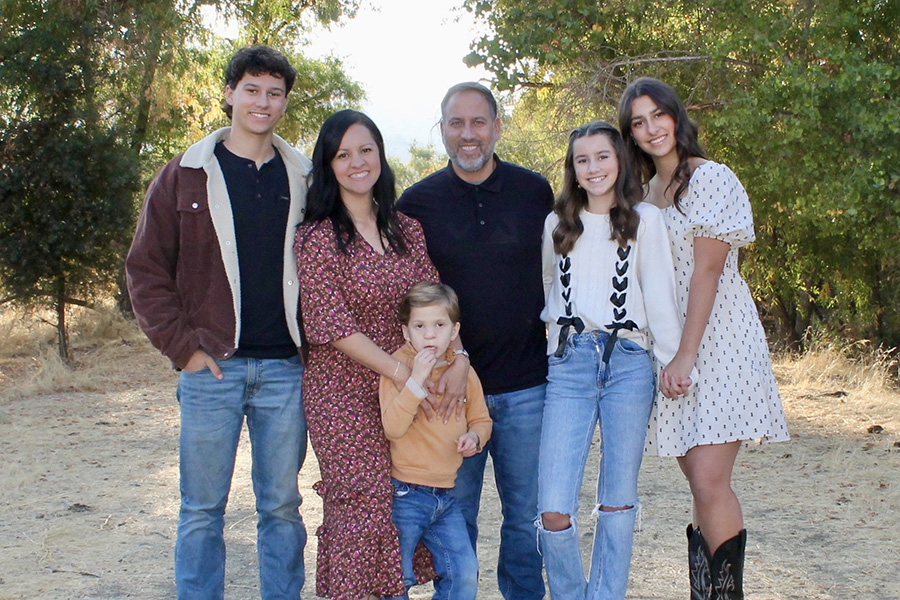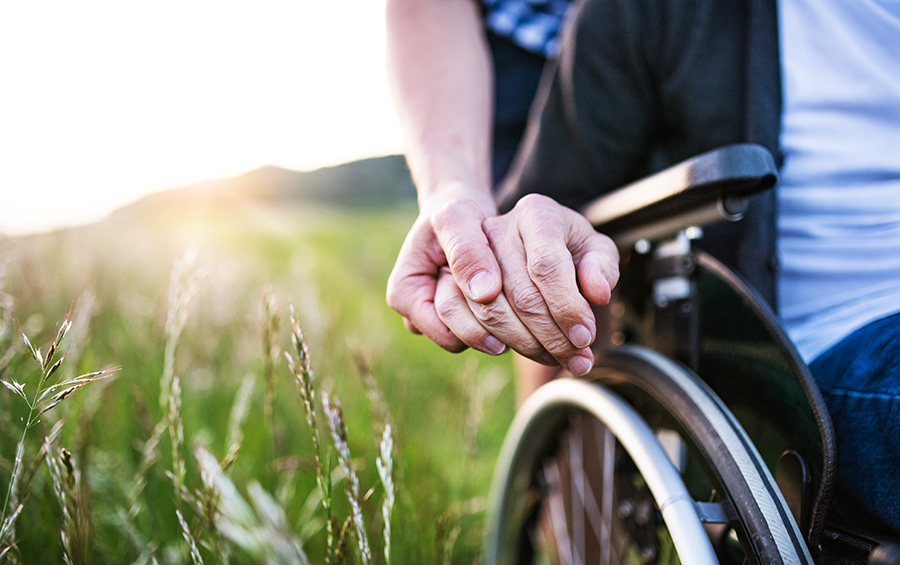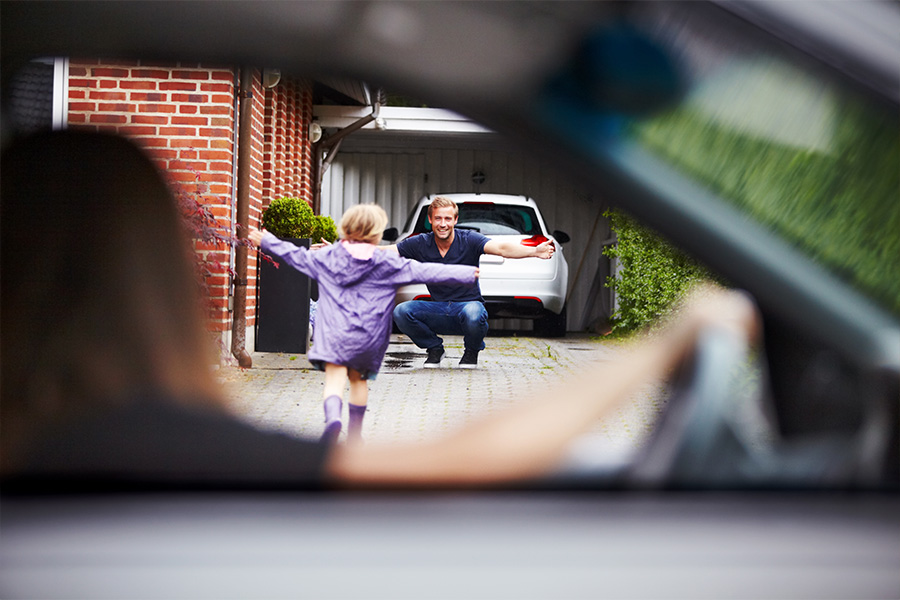The first pair of jeans I ever bought for my son that worked were from Target’s accessible-friendly Cat & Jack line. They were soft, seamless and snapped at the bottom. They allowed Charlie to move easily in his wheelchair and those snap closures simplified the donning of his leg braces. To put it not-so-mildly, we were obsessed with them.
When I find something that works, I go all in which led to the purchase of hoodies and t-shirts and joggers all from the same line. Pretty soon, Charlie looked like a walking Target ad. Which isn’t a problem, except that he is getting older now and there are more occasions for him to look nicer than the current 90s grunge style on those shelves. He needs button downs and dress pants and sturdy shoes that aren’t sneakers. Basically, we need to level-up on the fashion.
What I came to find out, however, is that there aren’t that many choices for differently-abled bodies if you want to look both comfortable and nice. The fashion world assumes that if you are in a wheelchair, have a prosthetic limb, use a walker, or have other physical differences, you require only a slightly upgraded level of pajama to function in the world. But the differently-abled still need to go to school, to work, to events where style should be a choice.
Luckily, some parts of the fashion industry are coming around. Vogue recently reported on a new trend in mannequin design that aims to represent more body diversity, stating that “The standardized mannequin form — slender, tall, able-bodied, often exemplifying all the beauty ideals long perpetuated by the fashion industry — is also in need of an overhaul.” Vogue reports that there are other options out there like the iDummy which can mechanically change shape as needed, but unfortunately aren’t available for wide use. I think we can all agree that the displays in the windows of our favorites stores are woefully inadequate in representing the diversity we see in the real world.
Sinéad Burke the editor-in-chief of JUNIPERunltd, the website that aims to provide articles, community engagement and accessible apparel for all, volunteered to have her body cast for the world’s first little body mannequin in an exhibition for the National Museum of Scotland last year. She told Vogue, “I hadn’t seen a 360-degree representation of myself or someone who looked like me ever before. I just couldn’t stop thinking about the impact it might have on others, particularly those who are younger, who might just assume that such inclusion has always existed.”
This impact on others is exactly what Burke’s organization, JUNIPERunltd, aims to amplify. They want representation for all and they are going for it. Their mission is simple. They are an organization whose aim is inclusivity and accessibility while providing, “Brands, products and service [that] are human centered, innovative and high quality.” And style is a major part of this, where clothes are “curated for satisfaction and performance, functionality and fashion.”
It is my hope that as my son grows, so will awareness not only for his needs, but his desires. I want him to be able to study whatever he likes, work wherever he likes, and yes, dress however he likes because this is the truest definition of a diverse and inclusive world.

Jamie Sumner is a special needs mom, author and blogger.
Read her blog, The Mom Gene.
Follow her on Facebook.






